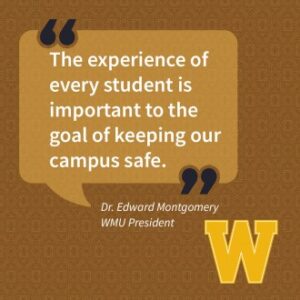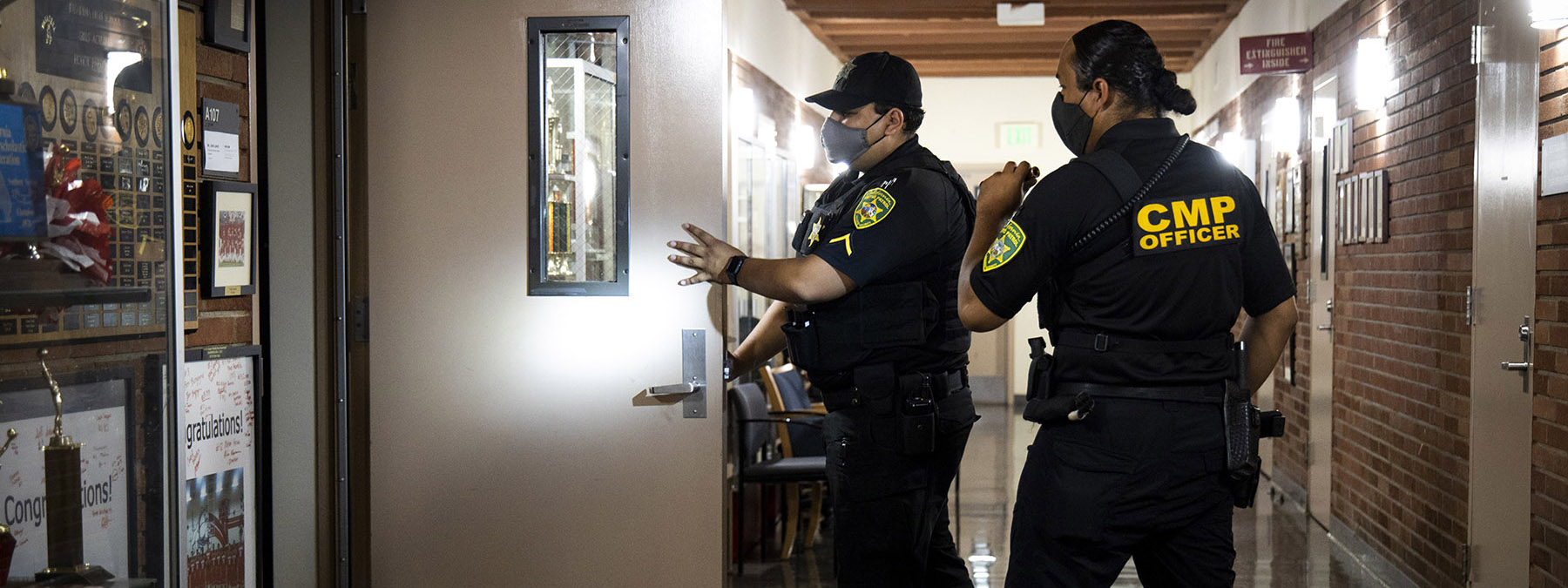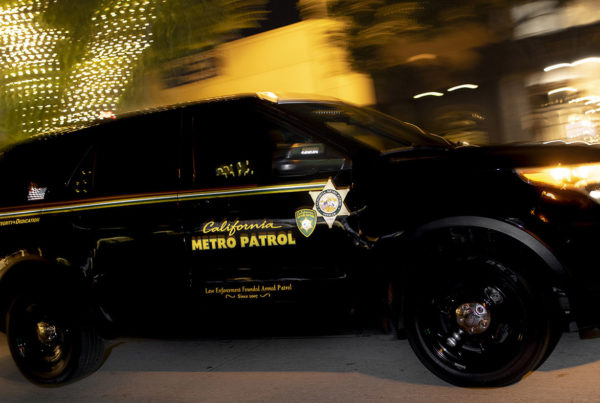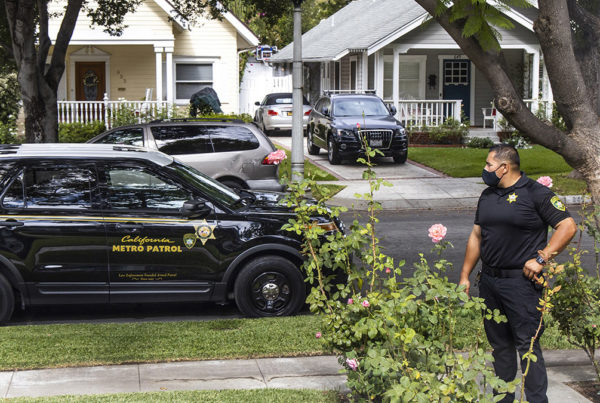 We hope our schools don’t ever experience a violent event. But, according to a 2018 Rand study, students face more common forms of violence and threats to safety than devastating active shooter events:
We hope our schools don’t ever experience a violent event. But, according to a 2018 Rand study, students face more common forms of violence and threats to safety than devastating active shooter events:- Every year about three out of four public schools report at least one incident of serious violence such as a fight or physical attack
- One in five students is bullied
- One in 12 has been in a physical fight
- One in 20 has carried a weapon onto school property
School administrators realize that making schools safe and secure is an issue that requires many stakeholders. From students to school district police or security officers, to counselors and teachers, to all levels of government officials. It also take specialists from such fields as medical, mental health, private security, and technology.
By making safety a priority with a security and emergency preparedness plans in place, we can minimize crisis and trauma students, staff, faculty, and families face. Loss costs, lawsuits, and any damage to the school’s reputation can be mitigated as well.
Best Practices for School Security Planning
Besides assessment and formulating the right plan that works for your school, training is key to rapid response in an emergency. We’ve identified areas that break down school safety and security focus areas.
1. Training
- Training in responding to school violence, school violence prevention strategies, school security protocols, threat assessment, and emergency response is imperative.
- The educational community within each school should be well-prepared with training: school administrators, teachers, staff, school resource officers, school police and security officers, coaches, counselors, bus drivers, – everyone.)
2. Revisit School Security Protocols
- Evaluate school safety and security protocols already in place.
- Do they need to be updated and/or adjusted? How? Who will facilitate changes?
- Clearly communicate and retrain on any updated protocol.
3. Revisit School Emergency Preparedness Plan
- Take the same steps as revisiting your school security protocols.
- Emergency preparedness plans should be logical to your school and area, including evacuation areas, staging areas, and communication channels (see Crisis Communication below).
- Inspect and replace any emergency equipment that is outdated or expired.
4. Threat Assessment Process
- Does your school have a threat assessment process to ensure student safety and security?
- Schools see the gamut of unsettling behaviors, most of which can be resolved with counseling or other intervention. Other behaviors are more aggressive and/or threatening, sometimes leading to violence.
- A properly trained Threat Assessment Team or Crisis Intervention Team should be able to identify a student in distress before behavior escalates and endangers others.
5. Create Strong Public Safety Partners
- Partnering with public safety officials and organizations can greatly increase security and decrease response time.
- Meeting with the public safety community can give insight to the efficacy of your security and emergency preparedness plan. Obviously, these include police, fire, emergency medical services, but can also the mental health departments, Red Cross, private security consulting firms, etc.
- Some items that should be on-hand for emergencies or drills: floor plans, school blue prints, any ariel photographs of the property.
- Considering numbering each entrance/exit so they are easily identifiable to emergency response teams.
- Also consider walk-throughs with public safety partners, or making your school available for after-hour training scenarios.
6. Strengthen or Create a Crisis Communications Plans
- Reassess the crisis communication plan already in place; update your plan to coordinate communication with any new media outlets; new methods of communicating with parents, public safety, the community.
- If there is no formal plan, review other schools policies and protocols to create one that is sensible for your school.
- All reports should be taken seriously and investigated. Faculty and staff should be observant of and assess any information regarding unusual behavior or out-of-place statements.
- If social media is not included in the current plan, add social media to not only monitor activity on school grounds, but also to connect with parents in case there is a need to communicate an emergency.
Threats and Social Media
Social media is a vital communication tool for disseminating information and understanding the school environment. In 2016, the National School Safety and Security Services conducted a national school threat study of over 800 violent threats to schools. At that time, it showed nearly one-third of school threats were sent via social media or other electronic platform.
- 37% of the threats were sent electronically, using social media, email, text messaging and other online resources
- Of the 37% sent electronically, 28% were social media threats
- Other threats included threats written on bathroom walls, phone calls, verbally communicated and delivered by other means
School Security and Technological Infrastructure
There is a lot to consider when placing security devices in a school setting. Some schools employe security technologies such as metal detectors and video surveillance cameras. These devices may augment campus safety; they can certainly provide aid for investigations when violence and crime occur or act as a deterrent. Devices like these can make school seem less inviting and feel more threatening, while providing a measure of safety to others.
As a community, we all have a role in keeping our schools secure and preventing school violence. Schools should be a safe place for students to learn and grow without fear.
California Metro Patrol provides versatile security services. We are the agency the Pasadena Unified School District counts on because we continue to provide necessary after-hours patrols to keep the district secure. Our partnership with local law enforcement adds another layer of security that we can call on should there be a need.
Let’s work together to make your school as safe as it can be. We’ll work with you to maximize your school’s security protocols, from best rapid response practices, threat assessment plans, and crisis communication plans. Request a school security walk-through today (please include your school’s name in the comment box) or call us at 888-788-0813.
A student who is concerned for personal safety cannot learn.
-Virginia Smith, ASCD Inservice




